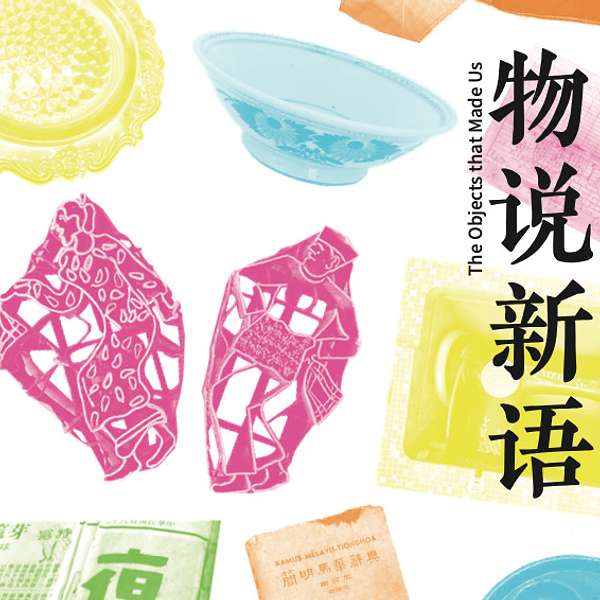
物说新语
我们恋物,也喜欢历史,这些毫不起眼的极为珍贵的物件,来叙说这座浮城的故事。
”当物件有了故事,它就不在是身外之物“
这一系列播客节目《物说新语》,我们找来20名各种族、各行各业的新加坡人,在每一集节目中与 我们分享一个私人物件背后的故事,拼凑属于我们的回忆。
Supported by: National Heritage Board
The views expressed here are solely those of the authors in their private capacity and do not in any way represent the views of the National Heritage Board and/or any government agencies.
物说新语
第十八集:这些纸本书,迟早能体现出自己的价值
它们的故事,我们的回忆。
新加坡是个善变的城市。我们也许无法保存这个城市的建筑街景,但走进新加坡人的家里,你一定能找到一些有故事的个人收藏,而这些物件往往也折射出新加坡一代代人的生活印记。
这一系列播客节目《物说新语》,我们找来20名各种族、各行各业的新加坡人,在每一集节目中与我们分享一个私人物件背后的故事,拼凑属于我们的回忆。
受访者:杨善才
物件:第一套自己出版的书
厚重的纸本书,曾经是一代新加坡人的精神粮食。早年因家贫没机会接受教育的杨善才,就是通过在书店里打工到经营书店和出版,改变了自己的命运。他从1950年代开始陆陆续续收藏新加坡的教科书、儿童书籍和连环图,至今收了三万多本。
其中他觉得最有意义的是他在自立门户后出版的苦儿系列。“那是80年代,这套书原本来自中国,后来在香港出版。我把这套来自香港的书改为简体字,卖得很好,毎一册的销售都有超过1万本,大概三块钱一本。这是我第一次做出版,利用自己在书局里学会的技能,第一次做就十分成功,这在某个程度上给我对文化事业很大的信心。”
Thick, weighty books used to nourish the minds of Singaporeans. Yeo Oi Sang, who had been deprived of educational opportunities because of poverty in his early years, was able to turn things around for himself through working in a bookshop, advancing through the ranks to become a bookshop manager, and then moving into publishing.
The most memorable books for him was a series of children’s stories about orphans, the very first titles put out by the publishing house he set up, which were also well-loved among readers.
In this episode of The Objects that Made Us, Yeo Oi Sang talks about the popularity of the series, and the impact it had on his publishing career.
制作团队
项目策划:沈帼英、叶孝忠
剪辑:王铭炜
编写音乐:陈明文
脸书账号:
本播客系列《物说新语》由新加坡国家文物局赞助部分制作经费。